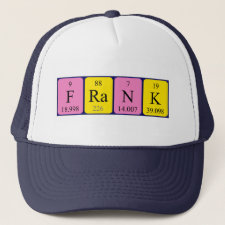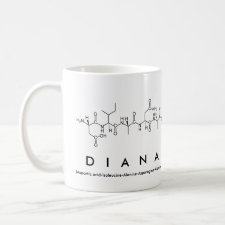
Authors: Mojica ER, Autschbach J, Bright FV, Aga DS
Article Title: Synthesis and evaluation of tetracycline imprinted xerogels: Comparison of experiment and computational modeling.
Publication date: 2011
Journal: Analytica Chimica Acta
Volume: 684
Issue: (1-2)
Page numbers: 72-80.
DOI: 10.1016/j.aca.2010.11.005
Alternative URL: http://www.sciencedirect.com/science/article/B6TF4-51F7PT2-3/2/563ecac40edd7d25b8899ef714253152
Abstract: A series of silica-based tetracycline (TC)-imprinted xerogel sorbents were prepared by sol-gel processing and were characterized for TC binding. Molecularly imprinted xerogels (MIXs) formed from allyltriethoxysilane (AtEOS) and tetraethoxysilane (TEOS) and end capped with trimethylchlorosilane exhibited the best analytical performance (imprinting factor, IF, of 7.46 ± 0.13). Computational modeling was used to estimate the interaction energy (IE) between TC and each type of silane to evaluate our ability to predict the analytical performance of a given MIX. Rankings from the computations agreed with the experimental data showing the AtEOS having the highest IE in comparison to the other formulations. Together, these results demonstrate the potential and limitations of using theoretical calculations to guide the development of analyte selective MIXs in comparison to arbitrary trial and error approaches traditionally used to produce MIXs as sorbents for solid phase extraction
Template and target information: tetracycline, TC
Author keywords: Tetracycline, molecular imprinting, Xerogel, computational modeling, solid phase extraction, Hartree-Fock calculations



Join the Society for Molecular Imprinting

New items RSS feed
Sign-up for e-mail updates:
Choose between receiving an occasional newsletter or more frequent e-mail alerts.
Click here to go to the sign-up page.
Is your name elemental or peptidic? Enter your name and find out by clicking either of the buttons below!
Other products you may like:
 MIPdatabase
MIPdatabase









